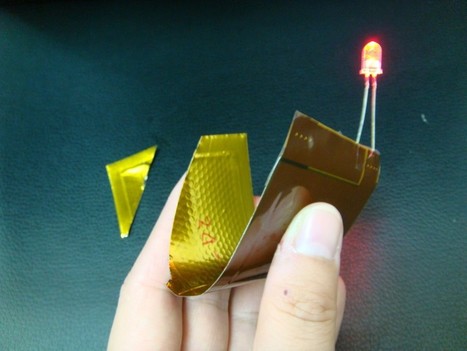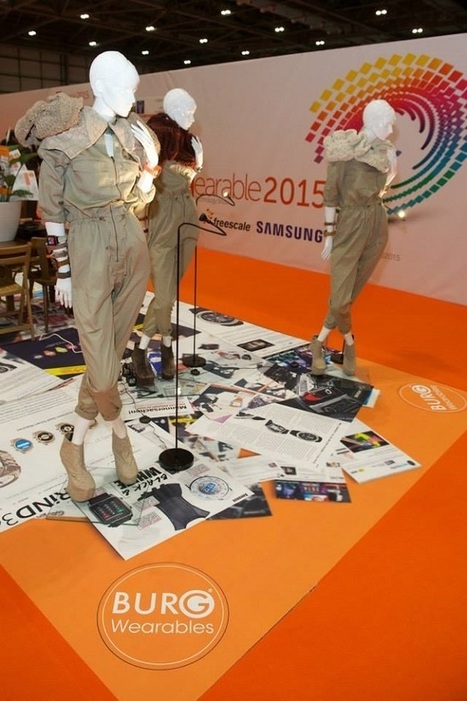Boltt Sports Technologies aims to offer a continuous value proposition through its wearables which combine an artificial intelligence-enabled ecosystem with hardware.
Get Started for FREE
Sign up with Facebook Sign up with X
I don't have a Facebook or a X account
 Your new post is loading... Your new post is loading...
 Your new post is loading... Your new post is loading...

Tom Bryon's curator insight,
March 25, 2015 3:35 AM
"Google had the sizzle, they just didn't have the steak". Technology will surely experience some form of metamorphosis, Google is pushing another form of wearable technology, possibly we could see this as the mainstream form of communication. It hasn't picked up the momentum it needs yet, but as its usability increases and new needs arise, that may change. "The device still has a good shot. If you’re not failing, you’re not trying hard enough.” 
QindredCam's curator insight,
April 1, 2015 3:25 PM
Privacy and battery life; these are two of the key challenges for wearable recording devices. |

Martin (Marty) Smith's curator insight,
March 13, 2015 3:28 PM
Going to be cool when Internet of Things meets wearable technology meets Terminator (lol). 
Renea Hanks's curator insight,
March 13, 2015 8:37 PM
Watch out for wearables. They are the hottest thing trending. Good time to look at tech startups on IndieGoGo and Kickstarter. 
Richard Trader Msc RRT PA-C FCCM 's curator insight,
May 19, 2015 9:34 AM
Have we all seen the TED talk on video integration of sound..... your green plants are listening ! |















Boltt is cautiously optimistic about success. Aayushi says that with an increased focus on health and fitness, people are looking to move beyond mere data points and are seeking active mentoring that can help them maintain their fitness routine. “People want fitness products that are affordable and help fitness enthusiasts with comprehensive mentoring. That, however, was not happening through the existing products in the market, which are more or less limited to either one service domain or just data. We’re glad we’ll be able to break that monotony through our products,” she adds. This differentiation, and the fact that most of the traction in the wearable market is happening in the entry-level segment which includes devices below $50 (about Rs 3,000)—this segment accounted for 78.6% of all wearables shipped in India in the first quarter of 2017—could give Boltt the start it is looking for.